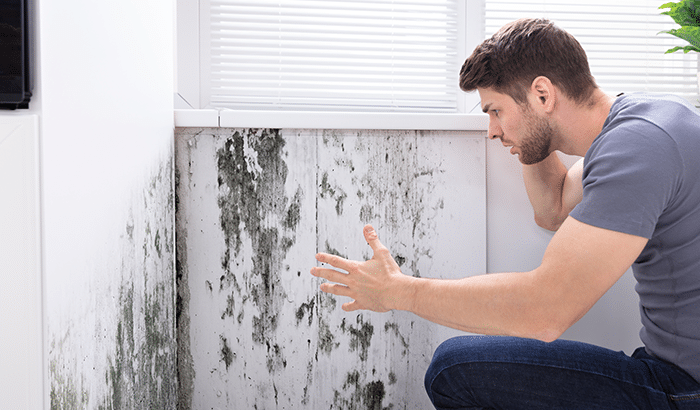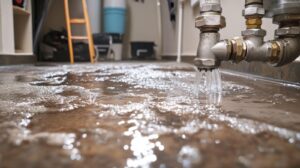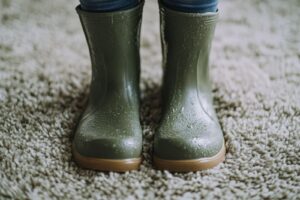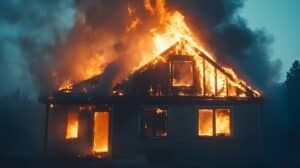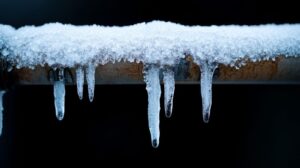It’s important to know what signs indicate a mold problem so you can protect yourself and your family from getting sick. Everyday allergies can indicate a mold problem, so you need to know what to look for and how to respond.
About Mold
Mold is an organism in the fungi family. It can grow anywhere if it finds a dark, damp place to thrive. Molds are necessary for our ecosystem, but we only want them growing where they need to–outside. Indoor mold growth can cause allergies and infections, depending on how sensitive you are to the mold.
Types of Mold
There are multiple types of mold. You can treat the area to kill the mold if you can spot it. You don’t even need to know what kind of mold it is. (This often requires testing anyway.) The molds you’ll encounter in your home include:
- Cladosporium
- Penicillium
- Aspergillus
- Alternaria
- Aureobasidium
- Stachybotrys chartarum
- Trichoderma
These molds grow on wood, carpet, and fabric. They grow in heating and cooling ducts, insulation, walls, attics, basements, kitchens, and bathrooms.
If the spot spells musty or earthy, is in a dark but wet place, and is damaging what it’s growing on, there’s a good chance it’s mold. Mold will continue to grow if it’s left untreated. Try dropping a spot of bleach onto it. The bleach will lighten the color if it is mold.
Mold Allergies
You may be able to spot mold visibly. But if it’s hiding in a poorly-ventilated corner where you don’t often look, your allergies might be what alert you to the problem. These are the most common symptoms that come with a mold problem.
- Runny nose; congestion
- Irritated eyes
- Sneezing
- Coughing
- Sore throat
- Skin rash
- Headache
- Irritated lungs
- Wheezing
Killing the mold often resolves allergy concerns. But if you have an underlying health condition and are experiencing longer-term allergies, you may want to see a doctor. A compromised immune system, lung disease, or chronic respiratory disease will put you at a higher risk. You could have mold-induced asthma, allergic fungal sinusitis, allergic bronchopulmonary aspergillosis, or hypersensitivity pneumonitis. These are more severe conditions for which you should seek treatment from a doctor.
Preventing Mold
Once you’ve discovered mold and treated it, you’ll want to keep it from coming back by taking preventative measures. Because mold requires moisture and darkness to grow, you need to eliminate moisture in dark places. Some ideas include:
- Keeping humidity levels under control (30% to 50%)
- Quickly fixing leaks in roofs, windows, and pipes
- Cleaning and drying areas that have flooded
- Keeping showers, laundry, and cooking areas ventilated
- Running the AC or a dehumidifier when it’s humid outside
Black Diamond Restoration
You might currently have a mold problem. If so, you’re probably looking for ways to treat it. Black Diamond Restoration is your Utah source for mold remediation. We have licensed professionals who can come to your home to identify and treat any mold you might have in your home.
In addition to killing the mold, we’ll also determine the source and give you preventative steps to prevent it from going back. Call us at 801.512.4194 to get started.
toto slot
